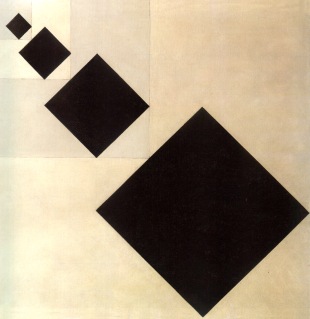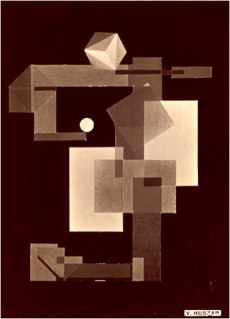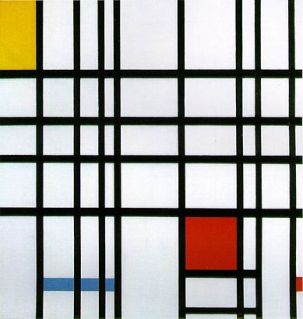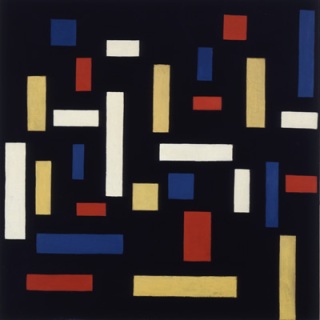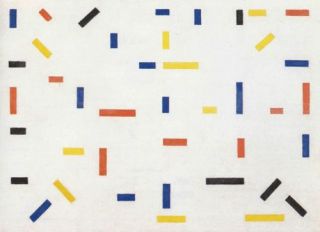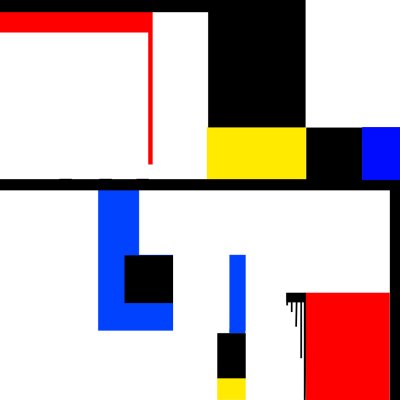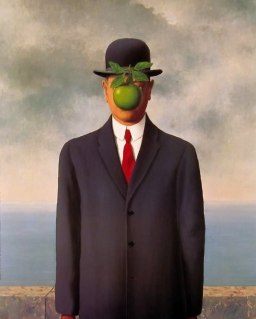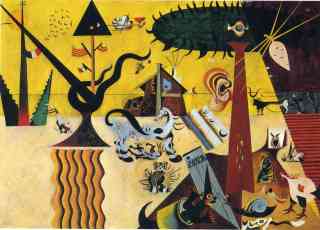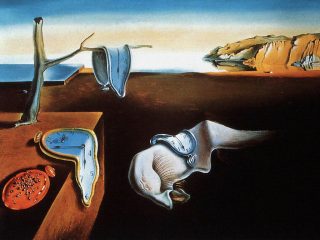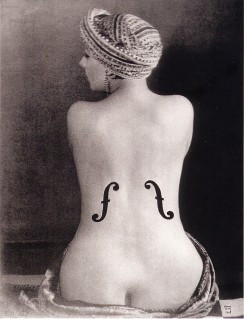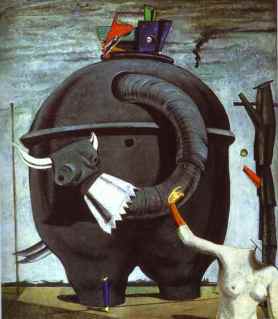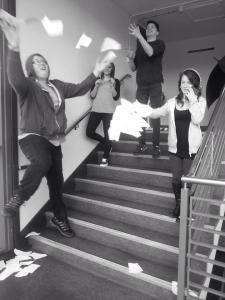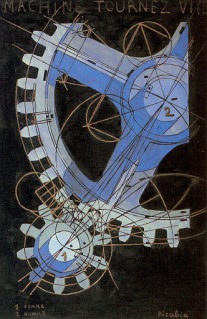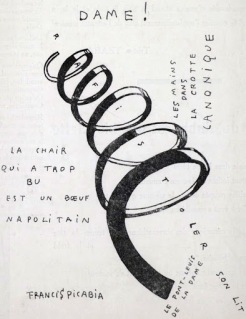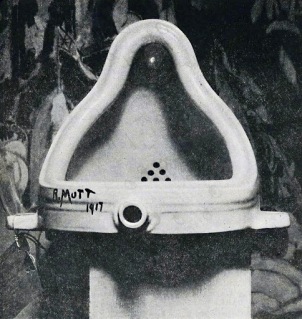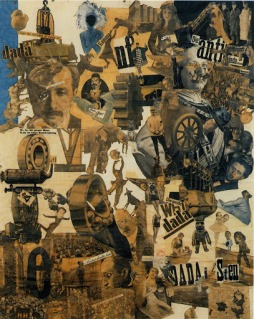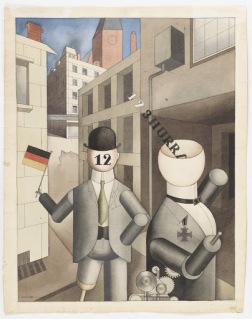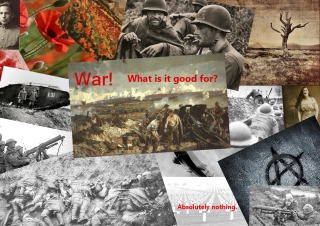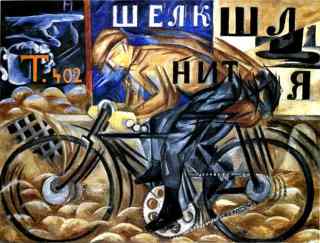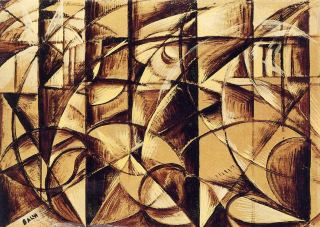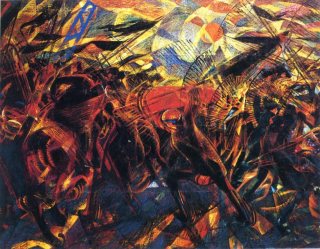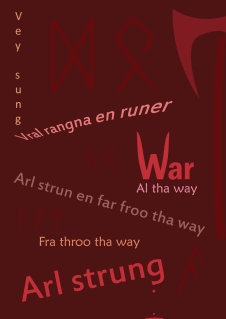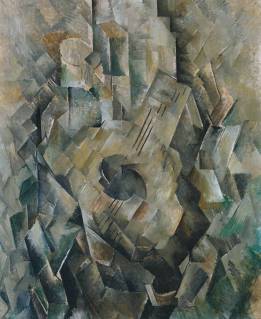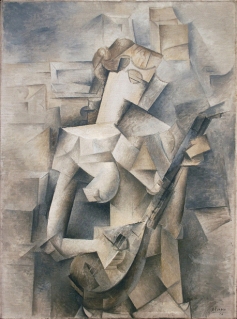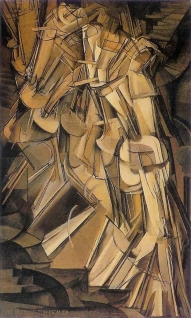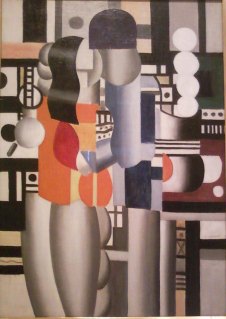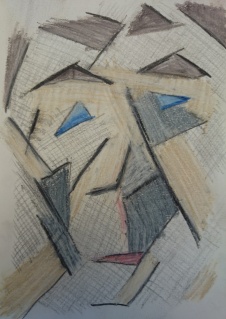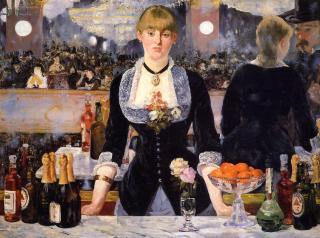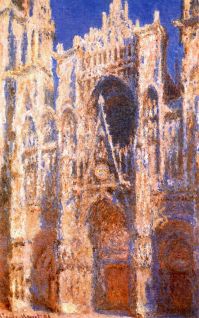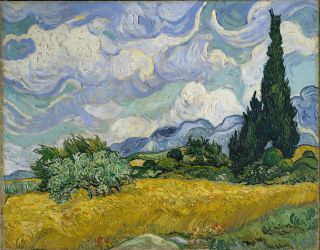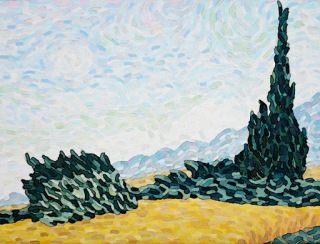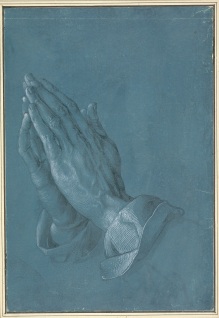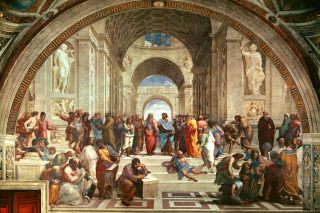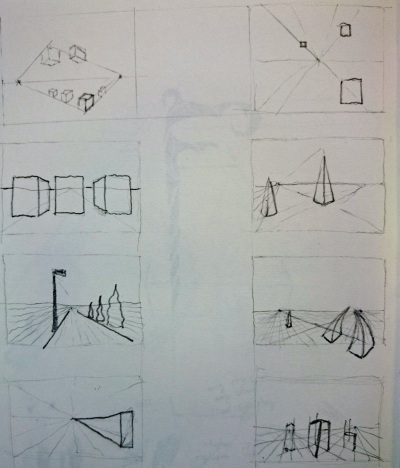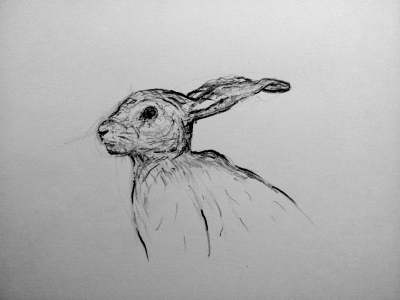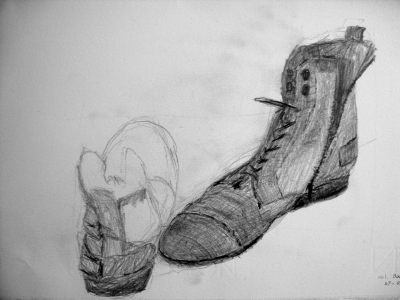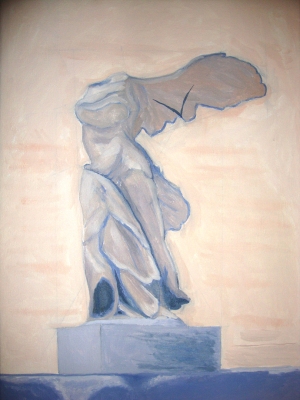The renaissance kicked off during the 15th century. It’s disputable when exactly, but important technological advances would have triggered the right climate for rapid cultural growth. The printing press, invented by Johannes Gutenberg, is one example that would have lead to better communication via increased publications of books. The spread of knowledge was not the only thing. The iron industry grew dramatically as it became easier to produce. Dry docks started to pop up everywhere befitting continental trade and the increase in wealth made the banks very powerful.
There are two main sources of wealth that helped grow the artistic culture we associate Italy with the start of the renaissance – the church in Rome and the powerful banking family, the Medici, who ruled over Florence. Much of famous portrait and biblical works from this period were likely commissioned by one or the other.
The Creation of Adam by Michelangelo
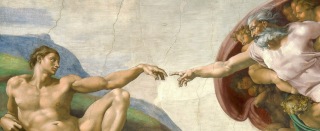
One example of a commission from the church went to Michelangelo to design biblical scenes, frescoes for the Sistine chapel. Frescoes were still very popular during the renaissance, as oil painting had only recently been popularised by painters such as Van Eyck (the Arnolfini portrait) and Rogier van der Weyden (Lamentation of Christ). Oil painted had become the norm in northern Europe and spread quickly to other regions.
Albrect Durer’s ‘praying hands’:
Here is an example of an artwork from the great northern renaissance. Famous for his etchings and woodcuts, this is an amazingly realistic drawing by Albrect Durer. It was done in 1508, only a few years after Leonardo Da Vinci had painted the Mona Lisa. The drawing epitomizes the quest for perfection and to paint the most realistic artworks. Devices such as camera obsucra were invented to aid in this quest.
The School of Athens by Raphael:
Considered to be one of the greatest works by Raphael, even the renaissance, this brings together, in a rather educational manner, the great Greek intellects. I can’t help but notice the irony of how Raphael capture the best of ancient Greece, whilst his own time was to become equally as great, himself included. During the high-renaissance, he painted it between 1511 and 1512. Art was so highly esteemed by now that Raphael would have experienced fame amongst his peers for his contributions to the arts.
From Leonardo da Vinci’s sketchbook:
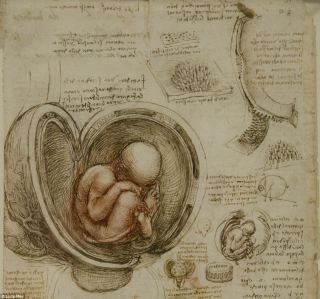
To add another example of 15th century artists quest for perfection would be to show you a drawing from Leonardo da Vinci’s sketchbook. This foetus in the womb most likely would have been drawn from the real thing. The humanist movement ran alongside theological views as scientific quest to understand the world from a factual point of view. Talking of point of view, perspective was invented during the renaissance – linear perspective by Filippo Brunelleschi and aerial by Leonardo da Vinci.
Personal Study
After researching the Renaissance, I have done a brief study into one-point and two-point perspective. The study culminated in an understanding of how perspective can be employed in detailed and realistic drawings. Perspective enables the artist to capture reality with greater accuracy.
A sketch of a rabbit. I tried to gain an insight into the difficulty of achieving realistic drawing. From drawing like this I have developed great respect for the old masters incredible talent for detail, precision and accuracy as well as modern day realism artists.
Another drawing – experimental sketch of a pair of boots. The style actually reminds me more of Van Gogh for some reason.
This is an oil painting of the Wings of Victory statue in the Louvre, Paris. The technique I’ve used involved many thin layers of paint. The technique is called glazing and I have managed to do three glazes so far. This is developmental work as it will take a very long time to demonstrate the finished look.
The reason for using glazing was to enhance the brilliance of colour. When light is reflected off each individual layers of paint, the effect is more luminous. This was highly appreciated, when you consider bright colours were often expensive or undiscovered.
